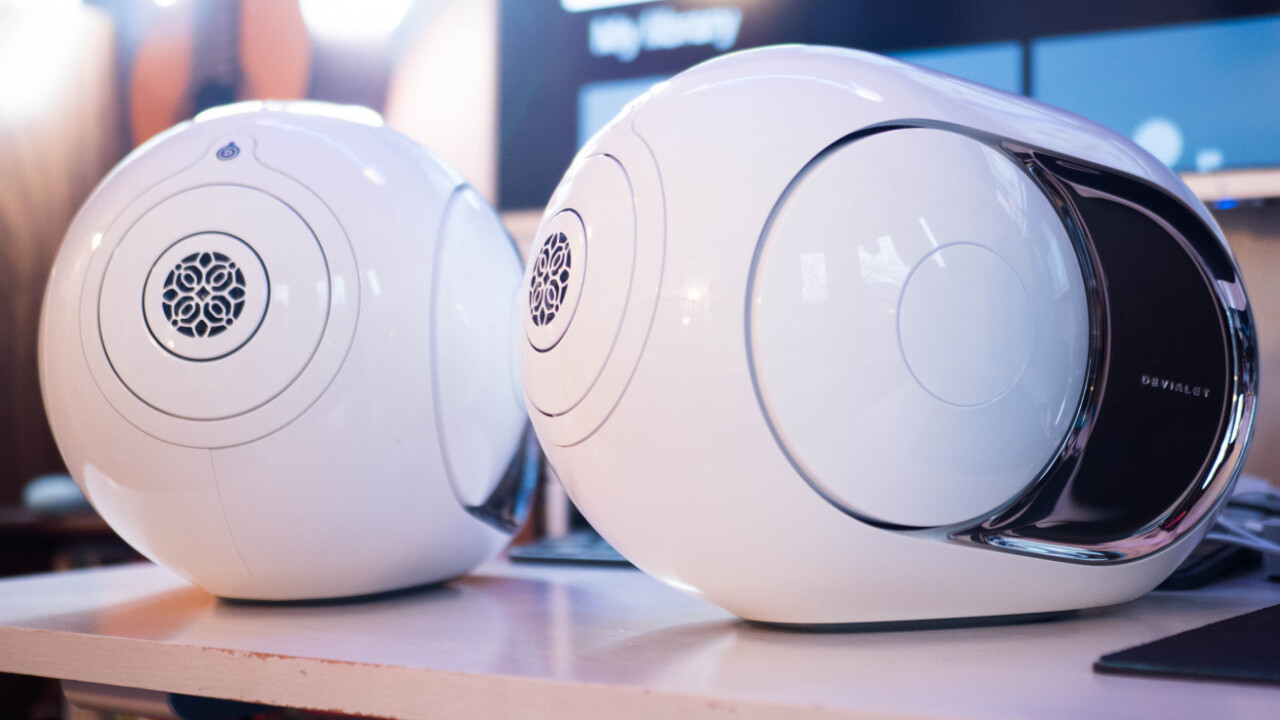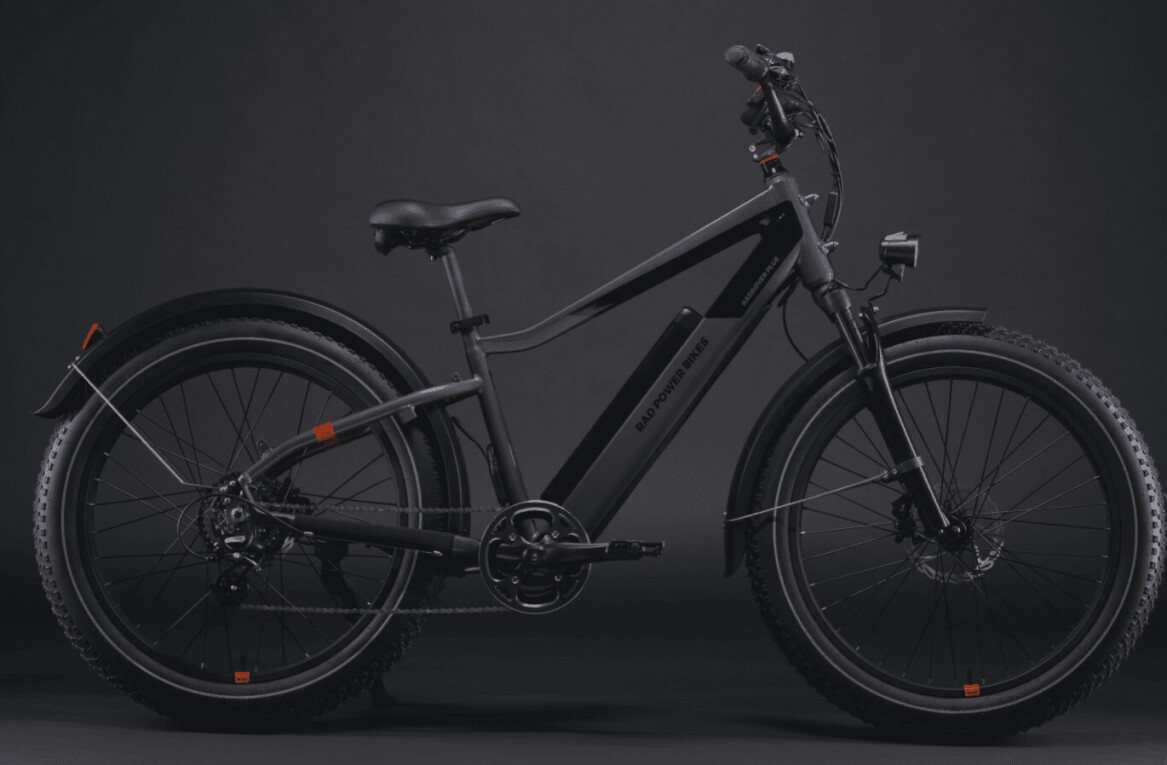
The Devialet Phantom was met with wide praise in the audio community a few years ago for achieving something rare: a truly full-range, compact high-end speaker. The speaker is about the size of a Sonos Play:5 but can extend below 20hz on the bass while maintaining hi-fi sound. That it looked like a futuristic orb designed by space-faring creatures didn’t hurt.
Two years later, Devialet is improving upon the original Phantom with an upgraded model dubbed the Phantom Elevate. It bumps up the wattage from 750 to 1,200, and max volume from 99 db to 101 db. Meanwhile the price was cut from $1,990 per individual speaker to $1,690.
I say ‘new’ in quotes because the upgrade is partly a software one. Devialet used what it learned creating its most powerful speakers, the Phantom Golds, and figured out how to pull more power from the original Phantoms, although the update is only compatible with devices produced after November 2017.
A few disclaimers: I had not heard the original Phantoms outside of listening rooms and it’s been a while since that. I’m testing a pair of the Phantom in my studio apartment, which is far from an ideal testing environment. And though I’ve listened to all sorts of hi-fi headphones, my experience with speakers in this price range is limited.
All that being said, the Phantom sound wonderful. Against my Sonos Play:5 – excellent speakers in their own right – there’s no real competition: the Phantom sound better in pretty much every respect, unless you prefer more (muddier) bass. As one would hope, considering the price difference.

What I most find remarkable is the fullness of the sound from a speaker this small; voices and instruments between almost sound like massive bodies. And as someone who lives in a tiny apartment, it’s a huge relief to not need a subwoofer. Listening to the Black Panther score, I can hear (and feel) the full breadth of the sub-bass in Killmonger’s theme, even at low volumes. There’s adequate thump for all but bassheads, and it’s pretty awesome to see the side-firing woofers move in and out at the lowest frequencies.
It’s not the most realistic sound I’ve heard at the price though. KEF’s LS50W – an oft-recommended alternative – go for cheaper and provide a more tangible soundstage and pinpoint instrument separation to my ear. They definitely don’t stretch quite as low – and they used wired stereo – but they have the flexibility of adding a subwoofer and adjusting some sound parameters in app.
Which brings me to my main problem with the Phantoms: getting them to work the way you want. Devialet made several puzzling design choices that seem at odds with the Apple-like simplicity the company aims for in its marketing.
For example: Despite the high price tag, you need to buy a separate $329 device called the Devialet Dialog for stereo or multiroom. In theory, it’s supposed to help stabilize your connection by switching between Wi-Fi or PLC (data through your power line, basically) to prevent drop outs. But my connection was not stable.
One speaker would drop out several times a day. Sometimes it would come back immediately, others it would take several minutes. In those cases, Devialet suggests a system reset, which is agonizingly slow. At least with the Sonos the dropouts only last a few seconds at worst.
Worse, I had this strange issue where the left speaker was consistently lower volume than the right (which was connected to my TV). I tried flipping the setup to no avail.
I finally found respite after reading some advice online to connect both speakers to the same power strip. It was impractical for my setup, but I dug out an extension cord. This fixed the volume discrepancy and stabilized the connection significantly. But again, it’s an unnecessary hassle; my four-speaker Sonos system is just as stable without forcing me into specific configurations or buying an extra accessory.
Another pain point: everything you do with the Phantoms is controlled through apps. You use Devialet’s Spark app for settings and basic controls including play, pause and volume. The speakers also support Bluetooth, Spotify Connect, and AirPlay, but the lack of basic physical controls is unfortunate. That is, unless you want to spend another $149 on a remote.

It’s annoying. It means I need to open up the app every time a commercial has a sudden change in volume. It means guests can’t pause music unless they download and/or open the app. It means I have to pull out another device if my phone battery dies.
It also provides next to no customizability. You can select your audio sources – Optical, Bluetooth or UPnP – but you can’t customize sound in any way other than a ‘Night Mode’ to minimize big changes in volume. There’s no balance adjustment to help with weird acoustics, no EQ for the times you’d be willing to sacrifice a bit of detail for bass thump. You can adjust these at the source, but not all sources will let you.
One more grievance: I hate that optical is the only wired input. A simple analog port (3.5mm or RCA) would have added much more flexibility for me to do things like connect it to my digital piano, adjust my TV volume using my remote, or more easily connect it to a surround setup.

I’ve spent a lot of time complaining so far, which might make my opinion seem more negative than it actually is. People who are crazy about their audio, like me, are willing to put up with a lot of hassle for the sound and flexibility they want – just ask the audiophiles spending thousands of dollars on cables, let alone speakers.
When it comes to sound, the Phantom does deliver, especially if you’ve never heard anything better than a Sonos. I won’t tell you they’re the best speakers for their price (I prefer the LS50W), but I can’t think of anything that offers the Phantom’s combination of low extension, hi-fi chops, and small size.
But the company’s lavish marketing suggests its aiming beyond traditional audiophiles, so it’s a shame the user experience doesn’t live up to the sound. Too often, Devialet sacrifices real-world practicality for a misguided sense of design or simplicity.
To sum it all up: The Phantom are worth a hearty recommendation on sound alone – give them a listen if you have a showroom nearby. Just be prepared to deal with the bugs if you take them home.
Curious about the power of music in technology and marketing? Join us our Music Summit track at TNW Conference 2018.
Get the TNW newsletter
Get the most important tech news in your inbox each week.




